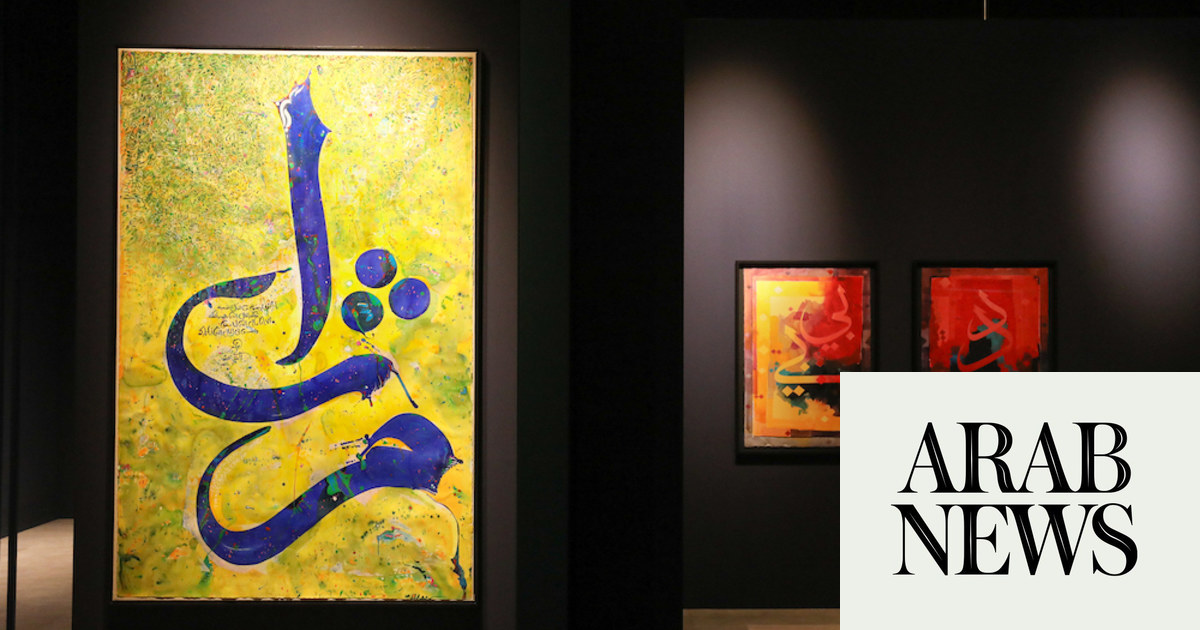Pre-Existing Condition
2019 - Film & Video (Film & Video)
15:00 minutes
Carolyn Lazard
Between 1951 and 1974, Dr. Albert M. Kligman, a professor of dermatology at the University of Pennsylvania, oversaw medical experiments conducted on incarcerated people at Holmesburg Prison in Philadelphia. These nontherapeutic tests ranged from athlete’s foot powders, dandruff shampoos, deodorants, and detergents, as well as more hazardous materials such as dioxin, radioactive isotopes, and mind-altering psychotropics. During his tenure at Holmesburg, Dr. Kligman worked for companies such as Johnson & Johnson, developing the acne medicine Retin-A, and for Dow Chemical Company and the U. S. Department of Defence, testing the ‘tactical herbicide’ Agent Orange. Although the people that participated in these tests at Holmesburg received small financial payments, none were provided information regarding the long-term health risks of the substances being tested. In 1974, the experiments ended in congressional hearings and lawsuits that declared the tests a breach of the Nuremberg Code of 1947 (a set of research ethics for human testing that were a result of medical experimentation conducted by Nazi Germany). Many of the people who underwent these experiments continue to live with long-term health conditions as a consequence of their participation and are still seeking financial compensation and an acknowledgement from the University of Pennsylvania. Carolyn Lazard’s Pre-Existing Condition delves into the history of Dr. Kligman’s testing and the University of Pennsylvania’s complicity in the Holmesburg experiments through two archives: The University of Pennsylvania Archives and the Philadelphia City Archives. Over the course of the video, Lazard moves through a series of documents and a conversation with the Holmesburg experimentation survivor and advocate Edward Yusuf Anthony, locating the tension between personal history and official records. The video consists of scanned lists of experiments, their nameless, numbered participants, their minimal rates of compensation, and the sponsoring institutions. Lazard’s work often appropriates existing materials, which the artist describes as “the most disabled way of making,” as it relies on content that has been produced by others as an integral aspect of the work. Against this cycling backdrop, is the voice of Edward Yusuf Anthony, who survived Kligman’s experiments and now endures the long-term health repercussions. Yet Anthony does not directly discuss his memories of Kligman’s experiments, which are so easily sensationalized. Instead, he speaks to his current experiences with the medical and legal systems: how these industries meant for caring continue to fail him, and why he cannot trust them.
Carolyn Lazard’s practice centers disability and accessibility through sculpture, video, installation, and performance. The invisible nature of Lazard’s disability has led them to create work that engages constructions of legibility and visibility. Chronic illness is often seen as a private misfortune; it is rarely viewed as an experience deeply embedded in structures of power and meaning. Rather than an anomaly, Lazard contends that everyone experiences disability in some form. For the artist, disability is a creative lens through which they can conjure alternative modes of accessibility, labor, and care. Lazard often shoots or performs in doctors’ offices or in their own home because spaces of extreme alienation or extreme domesticity are where they locate their disability. Lazard turns these moments—medical procedures, administering medication, navigating medical bureaucracy, hospitalizations—into publicly consumable images or text. The artist is also interested in how popular forms, such as social media or cinematic genres like horror and science fiction, can be vehicles for experiencing intimacy. Their work takes an experience that is often circumscribed to the realm of the private, and makes it visible and sometimes banal. As such, Lazard’s documentation of chronic illness destabilizes the separation of the public and private spheres.
Colors:
Related works sharing similar palette
» see more

© » FRANCE24
Special programme: Taiwan, a culture of freedom and diversity (part 2) - arts24 Skip to main content Special programme: Taiwan, a culture of freedom and diversity (part 2) Issued on: 12/01/2024 - 17:25 Modified: 12/01/2024 - 17:29 13:17 FRANCE 24's Alison Sargent takes you to Taipei for a special programme on the island's cultural diversity...

© » KADIST
Alexis Smith
1995In 8 Ball Surfboard (1995),Alexis Smith combines her long-term interests in California culture and conceptual assemblage...
Related works found in the same semantic group
» see more

© » KADIST
Kathy Jetnil-Kijiner
2018Anointed by Kathy Jetnil-Kijiner and Dan Lin is a poem recital/video that addresses the American nuclear testing legacy in the Marshall Islands that occurred between 1946 to 1958 in Bikini and Enewetak Atolls...

© » KADIST
Christoph Draeger
2006In his performative action Subterranean Doomsday Vendor , Draeger positions himself in the subway system of Mexico City, as part of the common occurrence of bootleg media vendors...

© » KADIST
Leslie Shows
Human Quarry is a large work on paper by Leslie Shows made of a combination of acrylic paint and collage...



